add to wishlist ALFILTRA BASIC softening plant
Highlights
Professional water softening system for single-family homes for up to 6 people, different capacities for every consumption and every water hardness, high-quality, electronic control valve CLACK WS1 (volume-controlled), extremely economical, low-maintenance, reliable, verifiably removes lime (calcium and magnesium).
Description
No more limescale with our best-selling softening system - ideal for single-family homes for up to 6 people
This fully automatic, single-column water softening system with an electronic, water quantity-controlled control valve CLACK WS1 is simply installed in front of your existing domestic water network. Using the proven ion exchange process, the system completely removes the hardness agents and thus the lime from your tap water. When capacity is exhausted, the system regenerates itself automatically using the salt supply. An integrated safety float valve protects the salt container from overflow and the glass fiber reinforced pressure tank can withstand pressure surges of up to 8 bar. Thanks to our sophisticated ECO-INJECT SYSTEM, the system saves up to 50% salt (saving salting).
Highlights:
- Electronically quantity-controlled control valve CLACK® WS1
- Optimum capacity utilization through intelligent regeneration control
- freely selectable capacity depending on your water hardness and consumption (see above)
- ECO-INJECT-SYSTEM Economy salting (saves up to 50% salt with almost the same capacity)
- Safety float valve to protect against overflow (e.g. in the event of a power failure during regeneration)
- Connections: 1" threaded connector made of plastic, in professional quality
- Glass fiber reinforced quality pressure tank (pressure resistant up to 8 bar)
- Regeneration phase can be set to the night
- Infinitely adjustable residual hardness, thanks to the built-in blending device
- built according to DIN-1988, CE certified, NFS certified exchanger resin
- Plug & Play - The system comes to your home already pre-programmed
- very easy to assemble or with assembly service (sold separately)
- 2 year guarantee on the complete system including electronics, 10 year guarantee on the pressure tank and the exchanger resin
Scope of delivery:
- Ready-to-use water softening system model BASIC with control valve CLACK WS1 including power supply
- High-performance ion exchange resin DOW Marathon C (already filled into the pressure tanks)
- Safety float valve integrated in the salt container
- Operating and programming instructions
Please note: This system is delivered without connection parts and without a waste water hose. You can find these above under Accessories. You will also find an assembly service there if you wish. The system can pump wastewater to a height of up to 2 m. The use of a backwash filter is recommended in order not to damage the softening system.
If you would like to know more about how water softening works and the benefits, please visit our water softening information pages .
Note: This system was renamed from FILTRASOFT Basic to ALFILTRA Basic in May 2020. This has not changed anything about the system itself.
Attachments (3)
Questions and Answers (10)
Answer: This is a complex topic that is controversially discussed on the Internet. The first thing that should be mentioned is that these days mainly plastic pipes are used and no corrosion is to be expected. When water is softened using ion exchange, no CO2 is released and the pH value of the water is not changed. This would look different if the water was treated using reverse osmosis, for example. It is known that copper pipes are subject to a certain degree of corrosion regardless of the quality of drinking water. However, this corrosion is usually so low that copper is considered a durable material. The low corrosion rate of copper in drinking water results from the formation of a coating on the surface of the material consisting of various copper compounds. This layer is reinforced by small amounts of embedded lime, which increases its anti-corrosion effect. In softened water, this limescale deposit is missing, which can reduce the protective function of the top layer. Nevertheless, the protective effect is sufficiently strong to generally prevent corrosion damage over human generations. In summary, there is no absolute freedom from corrosion in copper pipes in drinking water systems. Although water softening has an influence on the protective top layer in the pipes, it only has a negligible impact on their service life. If you had problems with corrosion before installing a softening system, then you should think about installing a dosing system or replacing the pipes.
Answer: No, the water does not taste salty after softening. Your water does not come into direct contact with the salt. This is used exclusively to regenerate/clean the system.
Answer: It is best to let the salt empty until the water is visible. Then refill and ideally not full to the brim so that there is not too much weight on the salt. If you keep filling the container without waiting until you see the water at the bottom, clumps can occur.
Answer: According to DIN, maintenance should be carried out by a specialist at least every 12 months
Answer: We can offer you the flexible hoses in lengths of 75 - 200cm and thus find a good location. The system can be connected anywhere after the water meter and before distribution. However, a house water filter should be installed beforehand.
Answer: Installing a water softening system requires a certain level of technical understanding and craftsmanship. Installation typically involves installing a bypass valve and connecting to a sewer for regeneration cycles. Special tools and materials are required for installation. This includes pipe cutters, wrenches, Teflon tape and, if necessary, additional pipe fittings and connecting parts.
Answer: The wastewater can be transported upwards from the system up to 3 m. However, from the highest point, the hose must continue with a gradient of around 2%. In addition, the wastewater should be led into an open outlet (e.g. funnel).
Answer: The resin cartridges in your Basic 40 softening system generally do not need to be replaced because they regenerate themselves. The regeneration of the resin is an automated process that takes place during the cleaning cycles of the system. Here are some details: Regeneration process: During regeneration, the resin is flushed with a salt solution, which dissolves and removes the accumulated calcium and magnesium ions (which are responsible for water hardness) from the resin. This “renews” the resin and can be used effectively to soften water again. Regular cleaning: This regeneration is carried out regularly, depending on the amount of water used and the hardness of the water. In a 4-person household with a water hardness of 20° dH, the system will regenerate more frequently to ensure efficiency. No replacement necessary: As long as the system is properly maintained and the regenerating salt is topped up regularly, the resin cartridges do not need to be replaced. However, you should regularly inspect and maintain the system to ensure its longevity and optimal performance. In summary, the resin cartridges in your Basic 40 system are maintained effectively by the built-in regeneration process and therefore do not require regular replacement.
Answer: In the event of a power outage, the Basic softener maintains its basic settings, including the programmed time and regeneration cycle. However, it should be noted that the facility's water meter cannot record water flows during a power outage. Therefore, here are some important points to consider: Settings storage: The system retains its basic settings during a power outage. This includes the last saved time and the regeneration cycle. The time flashes and needs to be reset. Water meter during power outage: During the power outage, the system's water meter cannot record water flow. As a result, the meter reading remains as it was before the power outage. No automatic regeneration after power failure: Since the system does not record how much water passed through during the power failure, automatic regeneration will not occur after power is restored. It is unknown how much water was used and how long the power outage lasted. Manual check recommended: After a power failure, it is advisable to check the system manually and, if necessary, carry out a manual regeneration. This ensures that the resin in the softener is effectively regenerated and the water quality is still guaranteed.
Answer: To your question regarding the installation of a basic softening system in a well shaft for the descaling of well water and the possibility of drainage in the event of frost, here is my answer: Installation in a well shaft: In principle, it is possible to use a basic softening system to decalcify well water. However, some important aspects should be taken into account: Protection from environmental influences: The system must be protected from moisture, flooding and extreme temperature conditions. A well shaft can be a damp and cold environment, which can lead to damage to the system. Accessibility for maintenance: Regular maintenance and service are crucial for the system to function optimally. The system should therefore be installed in such a way that easy access for maintenance work is guaranteed. Water quality: Since well water can often contain other contaminants such as iron, manganese or organic substances, it is advisable to carry out a water analysis to ensure that the system is suitable for the specific water composition. Frost protection: It is important to note that the Basic softening system is not frost-resistant and therefore must not be exposed to temperatures below freezing. If there is a risk of frost, the system must either be installed in a frost-free environment or completely drained and taken out of service to avoid damage from freezing water. The system is not suitable for installation in environments where it may be exposed to freezing temperatures. This could lead to irreparable damage to the system. In order to drain the system, the control valve must be removed and the pressure tank must then be emptied manually without flushing out the resin. Overall, a very complex process, which is why we advise against it.
Technical specifications
| Basic 20 softener | ALFILTRA Basic 40 softener | ALFILTRA Basic 60 softener | ||||||||||||||||||||||||||||||||||||||||||||||||||||||||||||||||||||||||||||||||||||||||||||||||||
|---|---|---|---|---|---|---|---|---|---|---|---|---|---|---|---|---|---|---|---|---|---|---|---|---|---|---|---|---|---|---|---|---|---|---|---|---|---|---|---|---|---|---|---|---|---|---|---|---|---|---|---|---|---|---|---|---|---|---|---|---|---|---|---|---|---|---|---|---|---|---|---|---|---|---|---|---|---|---|---|---|---|---|---|---|---|---|---|---|---|---|---|---|---|---|---|---|---|---|---|---|
| sku | 110.2005.0100.EK | 110.4010.0100.EK | 110.6015.0100.EK | |||||||||||||||||||||||||||||||||||||||||||||||||||||||||||||||||||||||||||||||||||||||||||||||||
| Width | 320 mm | 320 mm | 320 mm | |||||||||||||||||||||||||||||||||||||||||||||||||||||||||||||||||||||||||||||||||||||||||||||||||
| depth | 500 mm | 500 mm | 500 mm | |||||||||||||||||||||||||||||||||||||||||||||||||||||||||||||||||||||||||||||||||||||||||||||||||
| Height | 670 mm | 1010 mm | 1010 mm | |||||||||||||||||||||||||||||||||||||||||||||||||||||||||||||||||||||||||||||||||||||||||||||||||
| Manufacturer | ALFILTRA | ALFILTRA | ALFILTRA | |||||||||||||||||||||||||||||||||||||||||||||||||||||||||||||||||||||||||||||||||||||||||||||||||
| Guarantee | 2 Jahre | 2 Jahre | 2 Jahre | |||||||||||||||||||||||||||||||||||||||||||||||||||||||||||||||||||||||||||||||||||||||||||||||||
| Water connection | DN25 - 1'' | DN25 - 1'' | DN25 - 1'' | |||||||||||||||||||||||||||||||||||||||||||||||||||||||||||||||||||||||||||||||||||||||||||||||||
| Power connection | 230 Volt / 50-60 Hz | 230 Volt / 50-60 Hz | 230 Volt / 50-60 Hz | |||||||||||||||||||||||||||||||||||||||||||||||||||||||||||||||||||||||||||||||||||||||||||||||||
| Operating temperature (Max) | 40° C | 40° C | 40° C | |||||||||||||||||||||||||||||||||||||||||||||||||||||||||||||||||||||||||||||||||||||||||||||||||
| Nominal flow (max. flow) | 1,5 m³/h | 1,6 m³/h | 1,7 m³/h | |||||||||||||||||||||||||||||||||||||||||||||||||||||||||||||||||||||||||||||||||||||||||||||||||
| Number of columns | 1 (Basic) | 1 (Basic) | ||||||||||||||||||||||||||||||||||||||||||||||||||||||||||||||||||||||||||||||||||||||||||||||||||
| Salting | Sparbesalzung | Sparbesalzung | Sparbesalzung | |||||||||||||||||||||||||||||||||||||||||||||||||||||||||||||||||||||||||||||||||||||||||||||||||
| Operating pressure (min) | 2,2 bar | 2,2 bar | 2,2 bar | |||||||||||||||||||||||||||||||||||||||||||||||||||||||||||||||||||||||||||||||||||||||||||||||||
| Operating pressure (Max) | 8,0 bar | 8,0 bar | 8,0 bar | |||||||||||||||||||||||||||||||||||||||||||||||||||||||||||||||||||||||||||||||||||||||||||||||||
| Operating temperature (min) | 5 °C | 5 °C | 5 °C | |||||||||||||||||||||||||||||||||||||||||||||||||||||||||||||||||||||||||||||||||||||||||||||||||
| Power consumption | 5 Watt | 5 Watt | 5 Watt | |||||||||||||||||||||||||||||||||||||||||||||||||||||||||||||||||||||||||||||||||||||||||||||||||
| control valve | Clack WS 1 | Clack WS 1 | Clack WS 1 | |||||||||||||||||||||||||||||||||||||||||||||||||||||||||||||||||||||||||||||||||||||||||||||||||
| Amount of resin | 5 Liter | 10 Liter | 15 Liter | |||||||||||||||||||||||||||||||||||||||||||||||||||||||||||||||||||||||||||||||||||||||||||||||||
| Amount of wastewater (max.) per regeneration | 35 Liter | 70 Liter | 105 Liter | |||||||||||||||||||||||||||||||||||||||||||||||||||||||||||||||||||||||||||||||||||||||||||||||||
| Amount of water until regeneration with water hardness 16 °dH | 1000 Liter | 2000 Liter | 3000 Liter | |||||||||||||||||||||||||||||||||||||||||||||||||||||||||||||||||||||||||||||||||||||||||||||||||
| Intersection | 1 | 1 | 1 | |||||||||||||||||||||||||||||||||||||||||||||||||||||||||||||||||||||||||||||||||||||||||||||||||
| Salt consumption per regeneration | 0,6 kg | 1,2 kg | 1,8 kg | |||||||||||||||||||||||||||||||||||||||||||||||||||||||||||||||||||||||||||||||||||||||||||||||||
| Categories |
Enthärtungsanlagen fürs Einfamilienhaus
Configurator Descaling system test Softening systems |
|||||||||||||||||||||||||||||||||||||||||||||||||||||||||||||||||||||||||||||||||||||||||||||||||||

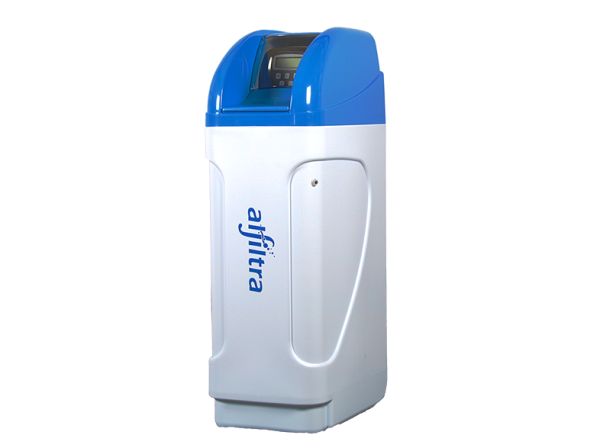




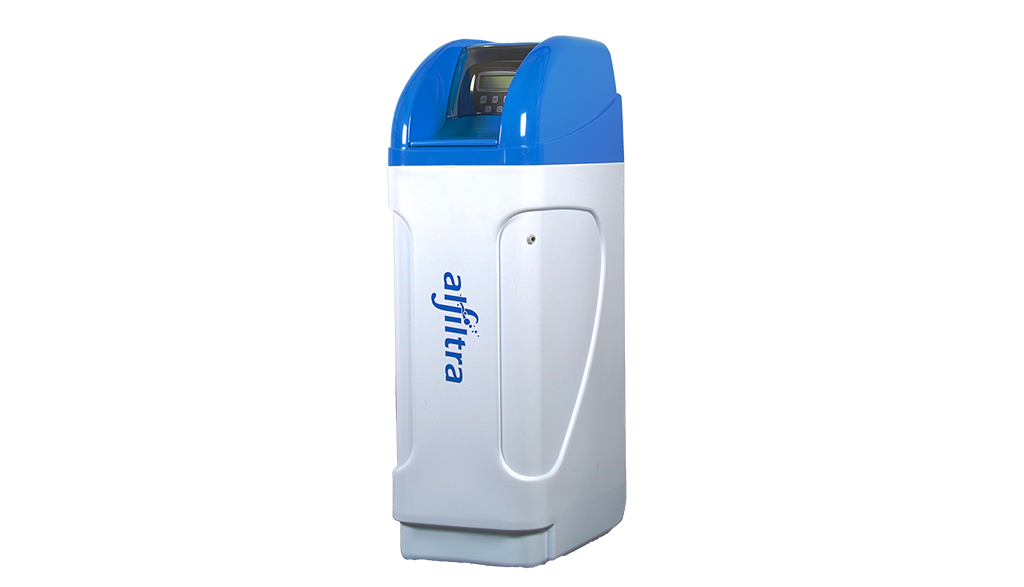
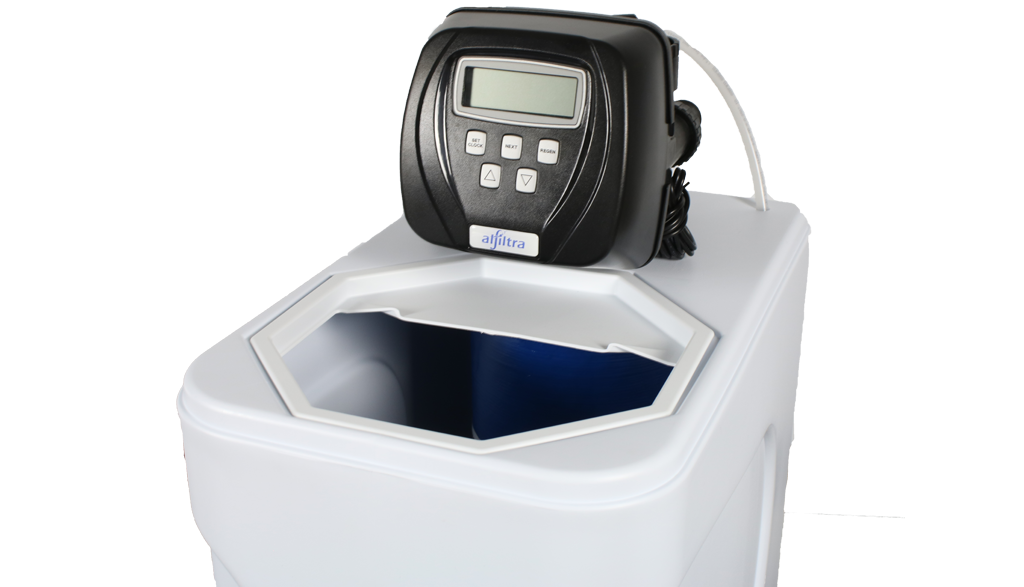
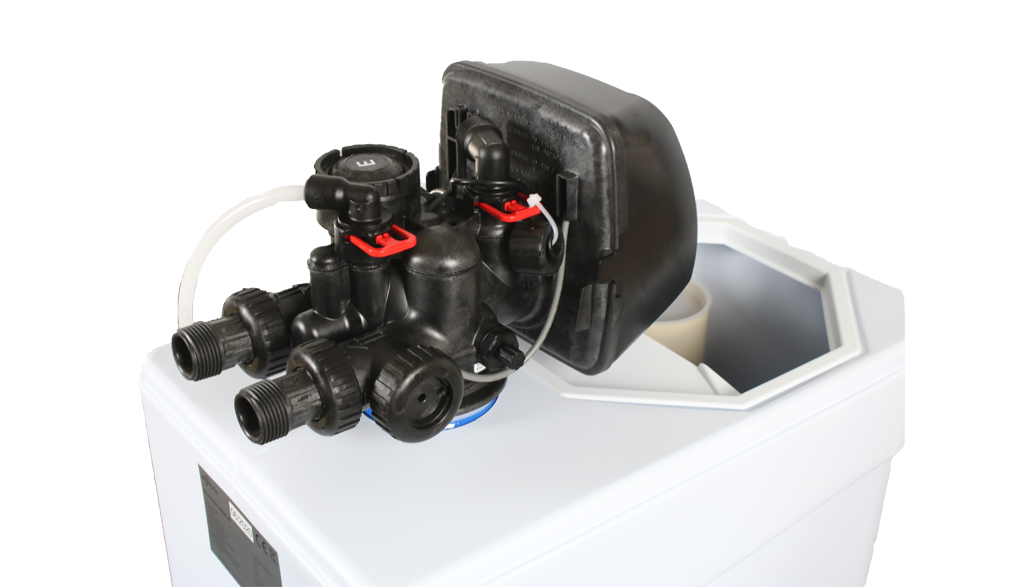
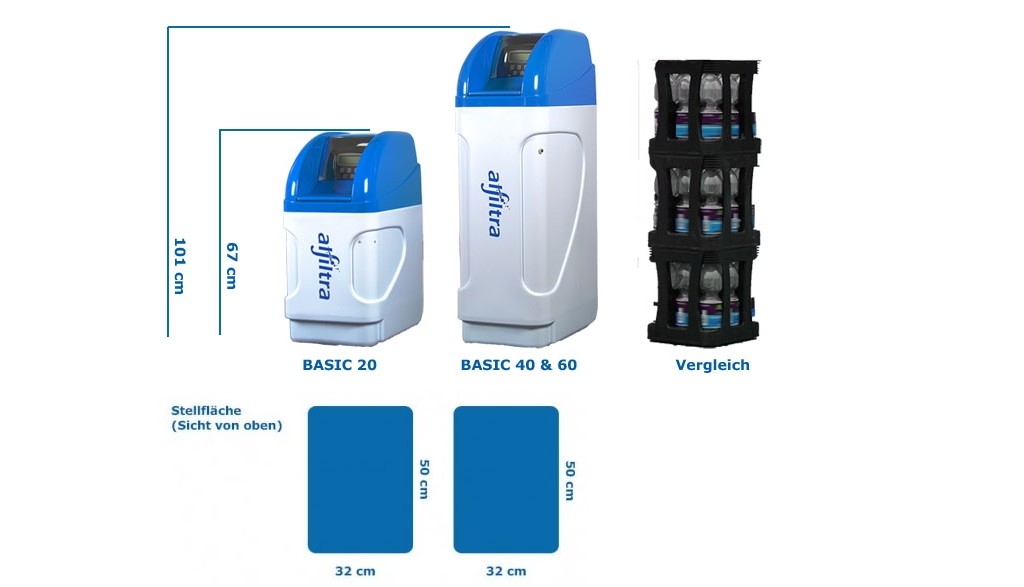





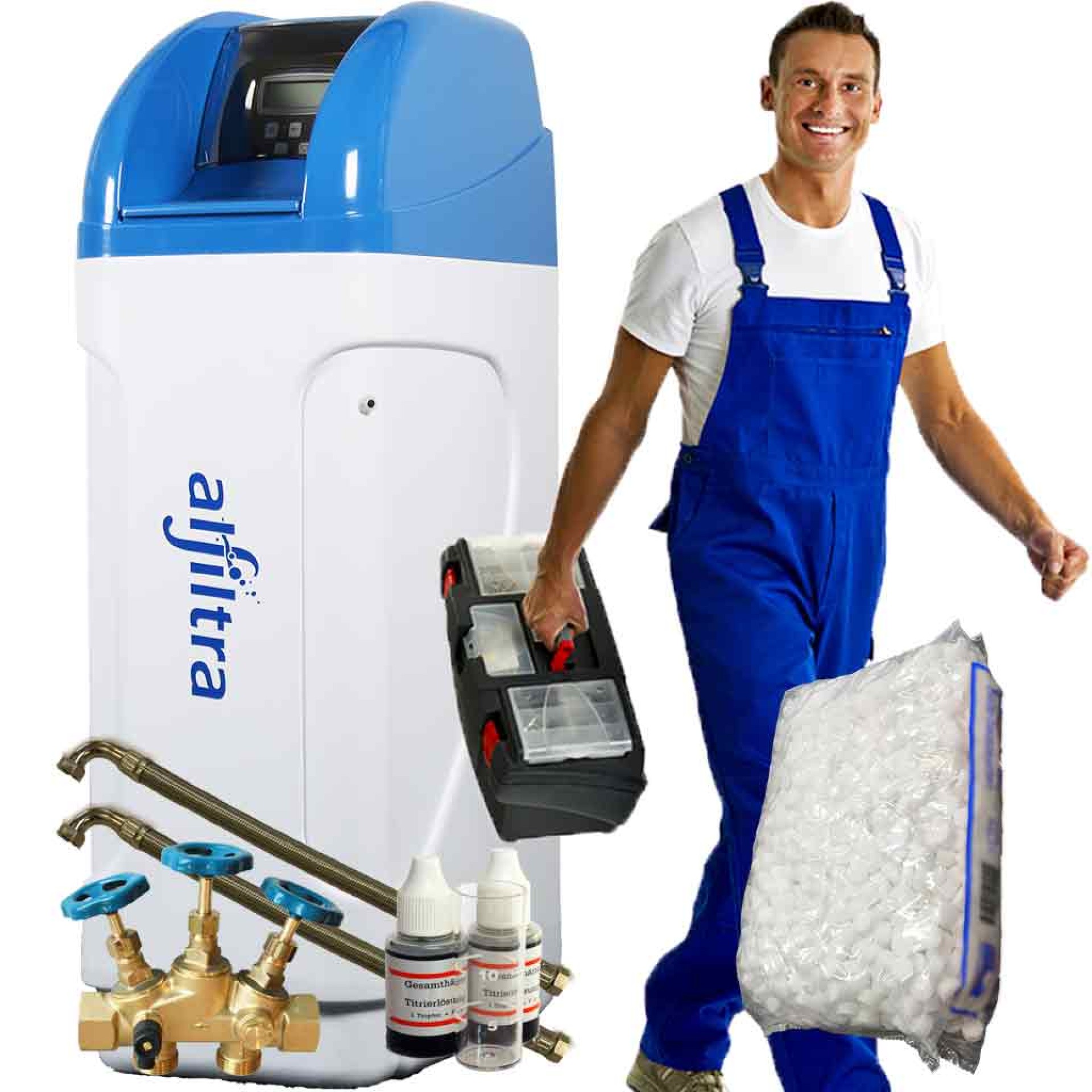
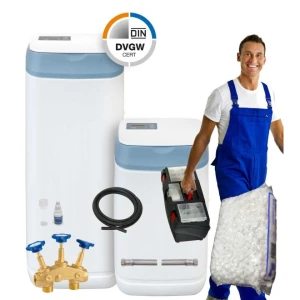
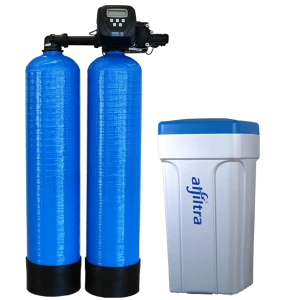
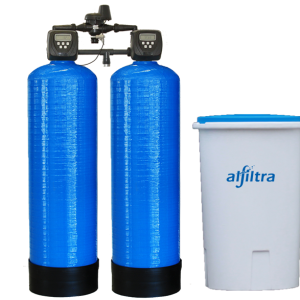
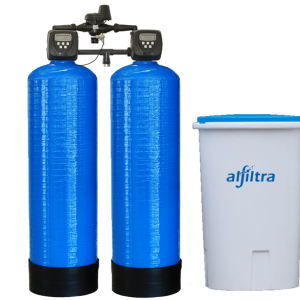
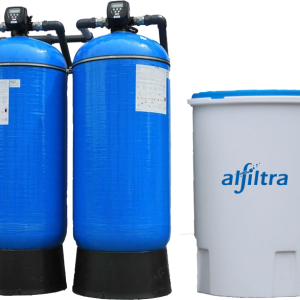
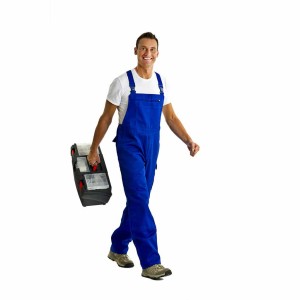
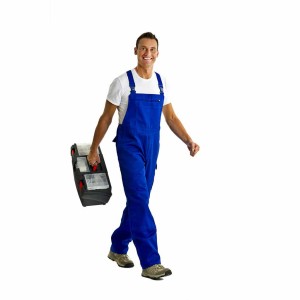
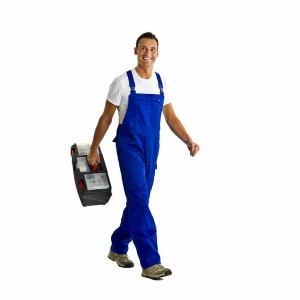
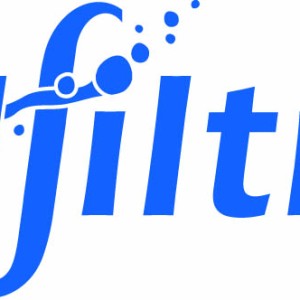
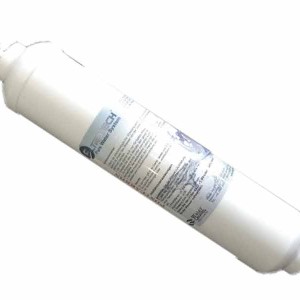
 Physical water softening with magnets or electricity?
Physical water softening with magnets or electricity? At what level of hardness is a decalcification system worthwhile?
At what level of hardness is a decalcification system worthwhile? Sodium content when softened by ion exchange
Sodium content when softened by ion exchange How loud is a softening system during regeneration?
How loud is a softening system during regeneration? How should I fill my pool with a water softener
How should I fill my pool with a water softener Does softened water taste salty?
Does softened water taste salty? for single and multi-family homes
for single and multi-family homes
 for industry and commerce
for industry and commerce
 Accessories for softening systems
Accessories for softening systems